I am tasked with structuring our current website into ADA compliance and it has been a pain to get everything updated, so I have some questions regarding the headers.
We have the following code in on of our "Page Templates":
<main class="content">
<div class="row">
<div class="small-12 columns text-center">
<header class="collection__header">
<h1>{{ entity.site.get_site_name | raw }}</h1>
<div class="expanded row">
<div class="small-12 large-offset-1 large-10 columns">
<div class="page-description">{{ entity.get_content | raw }}</div>
</div>
</div>
</header>
</div>
</div>
</main>
We have our entity.get_content() call, which pulls in the WordPress "Post Content" box:
The Problem:
When someone passes in a header tags (Which WordPress allows) within the post content, it throws off the ADA Header structure "Skipped Header" as shown below:
Does anyone know how someone can safely pass in any header tags inside the "Post Content" and we still are ADA compliant? If they pass in the h2 tag, that's fine, but if they pass in the h3 tag as shown in the screenshot, the ADA headers get throws compared to the theme build.


` would turn into a `
– Andy Aug 01 '22 at 08:37`.